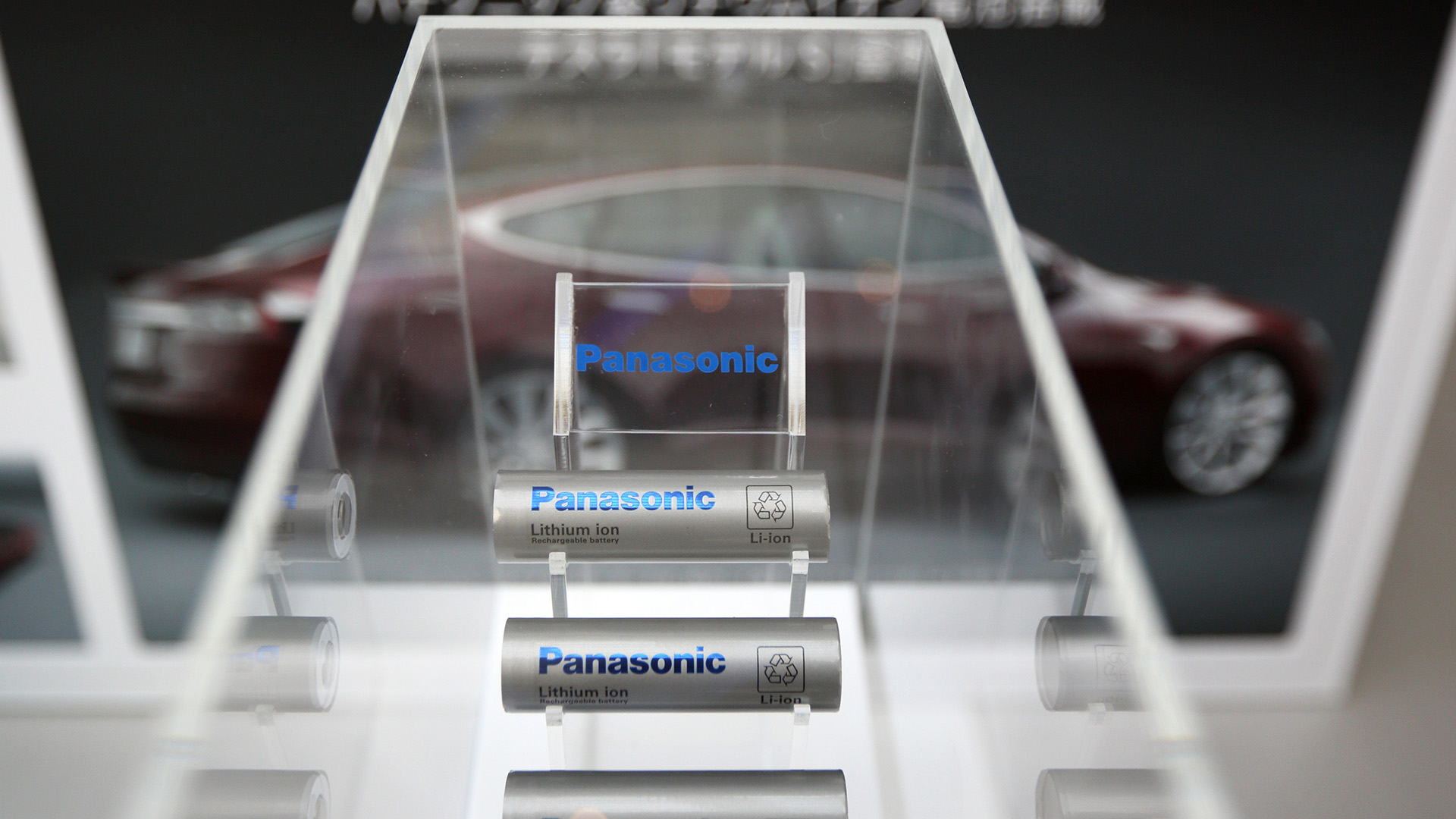

Most automakers are undertaking ambitious plans to add more electric cars to their lineups in order to keep up with consumer trends and future-proof their businesses, but financial analysts at HSBC are skeptical. The firm believes high prices for lithium and cobalt—two metals used in current electric-car batteries—could hinder future sales, according to Bloomberg.
“High lithium and cobalt prices–but also limited supply and lower demand for pure EVs–now favor more plug-in hybrids in the short to medium term versus our previous expectation.” HSBC analysts Alexandre Falcao and Augusto Ensiki said in a report. They predicted that by 2025, global market share for electric cars will reach 9.4 percent, compared to a previous estimate of 10.5 percent. But the analysts increased their predicted plug-in hybrid market share rose from 2.4 percent to 5.5 percent.
Lithium supplies will remain “reasonably tight” due to low availability and increased demand for batteries, the analysts said. However, they noted that electric cars will likely still see a sales boost around 2020, due to lower battery prices and an influx of new models. But the analysts believe that the costs for battery materials will cap growth.
HSBC isn’t the first organization to point to materials costs as a potential obstacle for electric cars. Earlier this year, Bloomberg predicted that cobalt supplies would not be able to keep up with automakers’ demand. The metal is already proving difficult to source. Most of the world’s cobalt comes from the Democratic Republic of the Congo, which has a poor human rights record. Panasonic has come under scrutiny for accidentally supplying batteries to Tesla containing Cuban cobalt, violating the United States sanctions against Cuba.
Companies have discussed creating cobalt-free batteries, or investing in solid-state batteries, a much-touted alternative to today’s lithium-ion batteries. But these ideas are still under development. Meanwhile, automakers are preparing to launch more electric cars. For now, they’ll have to make the most of limited lithium and cobalt supplies.